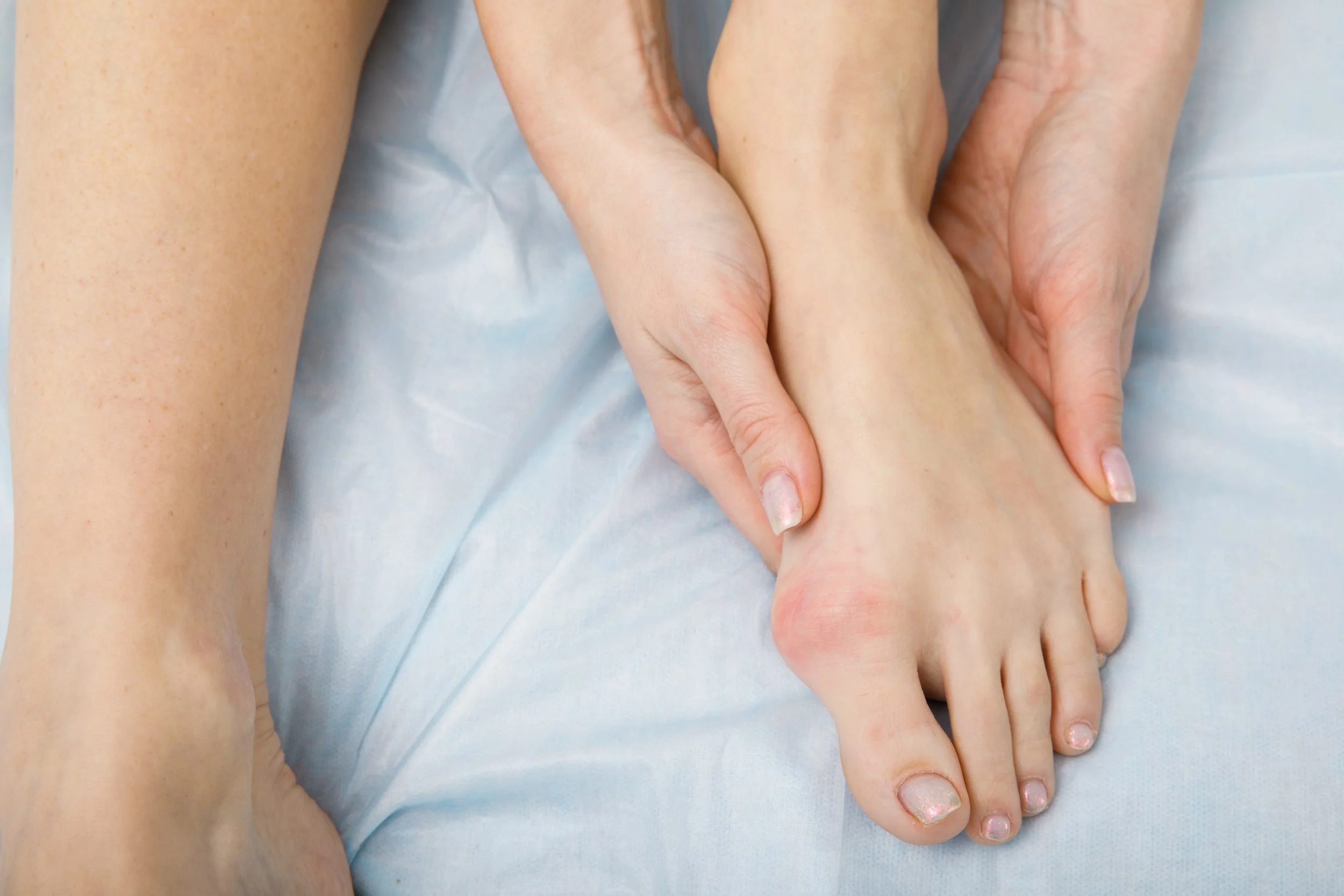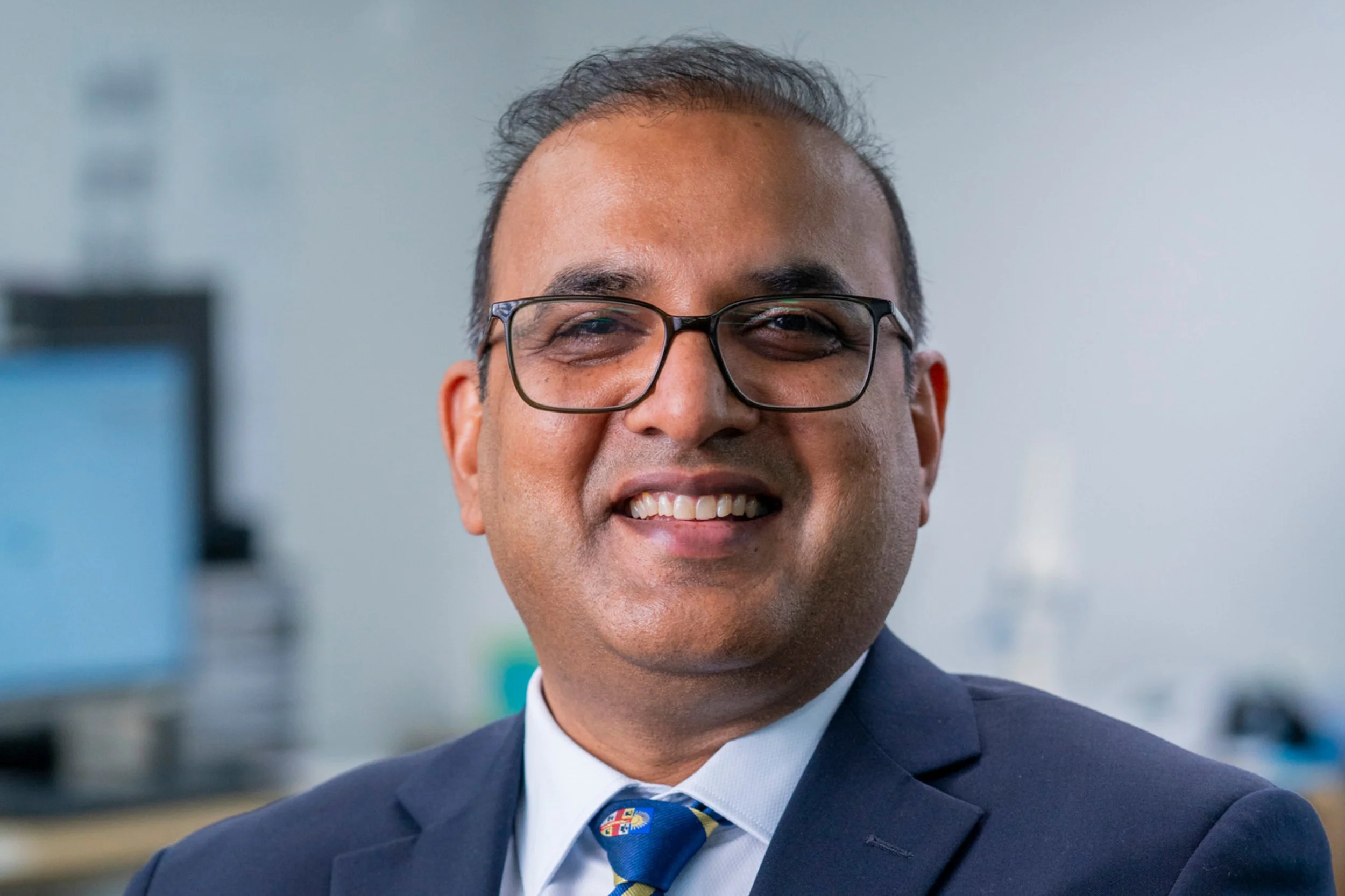Minimally Invasive Bunion Surgery
Bunion Surgeons in Wollongong
Joint Vision’s experienced orthopaedic surgeons offer advanced minimally invasive bunion surgery, also known as keyhole bunion surgery. Using the latest techniques, we provide bunion correction with less scarring, faster recovery, and improved long-term outcomes.
Our team ensures patients receive world-class care, backed by both surgical expertise and compassionate support throughout the treatment journey.
About Minimally Invasive Bunion Correction
Minimally invasive bunion surgery, or keyhole bunion surgery, is a modern approach to bunion correction that uses smaller incisions than traditional open surgery. This results in reduced pain, quicker rehabilitation, and improved cosmetic results.
Bunions are a common foot deformity that can cause pain, swelling, and difficulty with footwear. Joint Vision’s experienced orthopaedic surgeons prioritise minimally-invasive techniques to correct alignment and restore function with minimal disruption to surrounding tissues.
Benefits of Minimally Invasive Bunion Surgery
This surgical approach is designed to provide faster, less painful recovery and excellent long-term results for patients with bunions.
Key benefits of minimally invasive bunion surgery include:
Smaller incisions and reduced scarring
Lower risk of infection compared to open surgery
Faster recovery and earlier return to normal activities
Less post-operative pain and swelling
Improved cosmetic outcome with better shoe fit
High success rate with long-lasting correction
Minimally Invasive Bunion Surgeons
at Joint Vision in Wollongong
Dr Meghan Dares - Orthopaedic Foot and Ankle Surgeon
Dr Meghan Dares is an Australian-trained orthopaedic surgeon specialising in foot and ankle surgery, with extensive experience in minimally invasive bunion correction. She has performed over 10,000 procedures across Australia, South Africa, and the UK.
Dr Dares is the Director of Orthopaedics at Wollongong Public Hospital and also operates at Wollongong Private and Day Surgery. She is actively involved in research, with published results on bunion surgery presented through the Joint Vision Orthopaedic Research Institute (JVORI). Her commitment to patient-centred care, coupled with her innovative surgical techniques, makes her a trusted leader in bunion correction in Wollongong.
Dr Sheraz Anjum - Orthopaedic Foot and Ankle Surgeon
Dr Sheraz Anjum is a highly experienced orthopaedic surgeon with over 15 years of local and international expertise. He specialises in minimally invasive bunion surgery, foot and ankle surgery, trauma, and limb reconstruction, with a strong focus on managing pain while preserving motion. He completed his medical degree in 2002 and orthopaedic specialty training in 2010, before gaining advanced international experience in the Middle East.
In addition to his international training, Dr Anjum has completed accredited Australian fellowships in foot and ankle surgery, limb reconstruction, and complex trauma management. As a Fellow of the Royal Australian College of Surgeons and the Australian Orthopaedic Association, he brings exceptional skill and innovation to bunion correction surgery, providing patients with expert, evidence-based care.
Common Questions About Bunion Surgery
-
Minimally invasive bunion surgery, also called keyhole bunion surgery, uses very small incisions and specialised instruments to realign the bones of the foot. Unlike traditional open surgery, it involves less tissue disruption, which reduces pain and speeds up recovery.
-
Recovery times vary depending on the severity of the bunion, type of bunion correction surgery, and the individual’s healing process. Most patients are able to walk in a supportive shoe within days of surgery, with full recovery taking around 6–8 weeks.
-
Patients who experience persistent pain, difficulty wearing shoes, or worsening bunion deformities may be suitable candidates. A consultation with an experienced bunion surgeon in Wollongong, such as Dr Meghan Dares, will determine the best treatment approach.
-
As with any surgery, risks include infection, nerve irritation, or recurrence of the bunion. However, minimally invasive techniques reduce the likelihood of complications and improve patient outcomes compared to traditional open surgery.
-
Yes, most patients are able to walk immediately following minimally invasive bunion surgery. Your bunion surgeon may recommend the use of a special post-operative shoe within days of surgery. This allows for faster rehabilitation and helps maintain mobility during recovery.
-
When choosing a bunion surgeon, look for extensive experience in foot and ankle surgery, patient reviews, and availability in both private and public settings. Dr Meghan Dares is widely regarded for her expertise in minimally invasive bunion correction and her commitment to patient-centred care.




